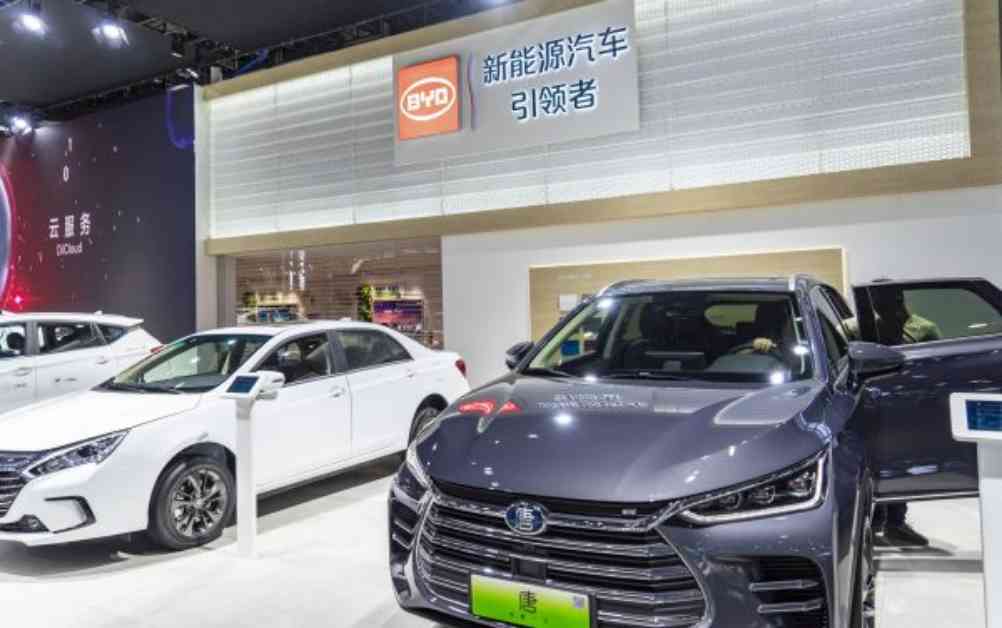China is facing a crisis in its electric vehicle (EV) industry due to overcapacity, leading to trade tensions with the U.S. and the European Union. The Chinese government denies the overcapacity charge, but evidence suggests otherwise. State media reports a “price war” among Chinese EV producers due to an oversupply of cars.
The rapid growth of China’s EV market is evident, with more EVs on the streets, especially in lower-tier cities. Didi drivers have switched to EVs to save money on fuel costs. Major EV producers in China include BYD, XPeng, Nio, and Li Auto, with even non-automobile companies like Huawei and Xiaomi entering the market.
The key to China’s EV growth lies in industrial policies, with local support playing a crucial role. Hefei, for example, attracted BYD’s super factory through extensive government support, becoming China’s “EV capital.” The Hefei government initiated an EV fund and policies to promote local EV sales, showcasing the city’s innovative approach to EV development.
Other cities like Wuhan are following Hefei’s lead to revive their struggling auto industries. Wuhan aims to establish itself as a national leader in the EV sector, with SOEs like Dongfeng leading the way. Incentives for cutting-edge companies and a focus on building a strong auto supply chain are part of Wuhan’s industrial policy.
Local governments in China support carmakers through protectionist policies and procurement deals. The lack of market-driven exits for inefficient EV companies contributes to overcapacity issues, affecting the entire supply chain and innovation capabilities in the industry.
While China looks to boost EV exports to address overcapacity, tensions with the U.S. and EU pose challenges. The industry’s focus on cost-saving rather than innovation and the difficulty for new companies to enter the market further exacerbate the problem.
In conclusion, China’s EV industry is at a critical juncture, grappling with overcapacity and trade tensions. Local governments play a significant role in supporting EV development, but the lack of market-driven exits and focus on cost-cutting pose challenges for the industry’s future growth and innovation.

